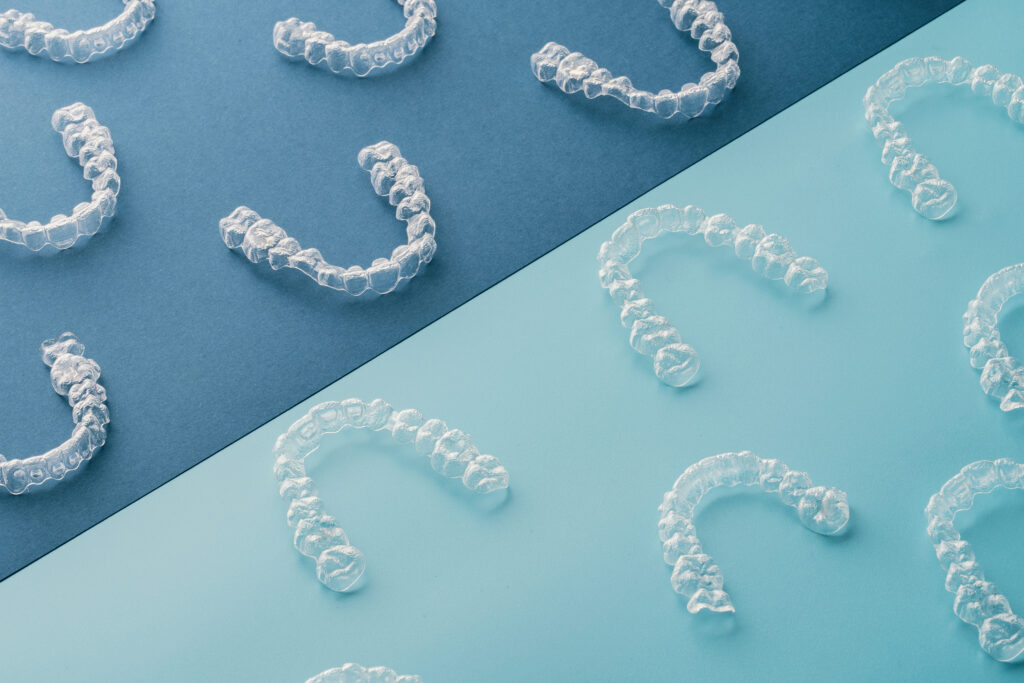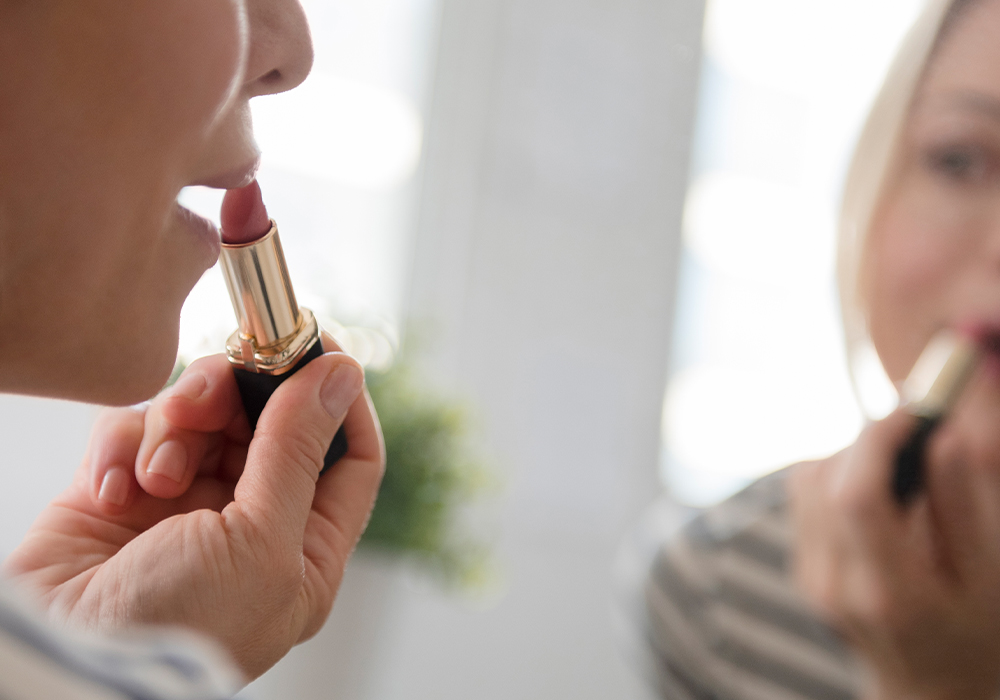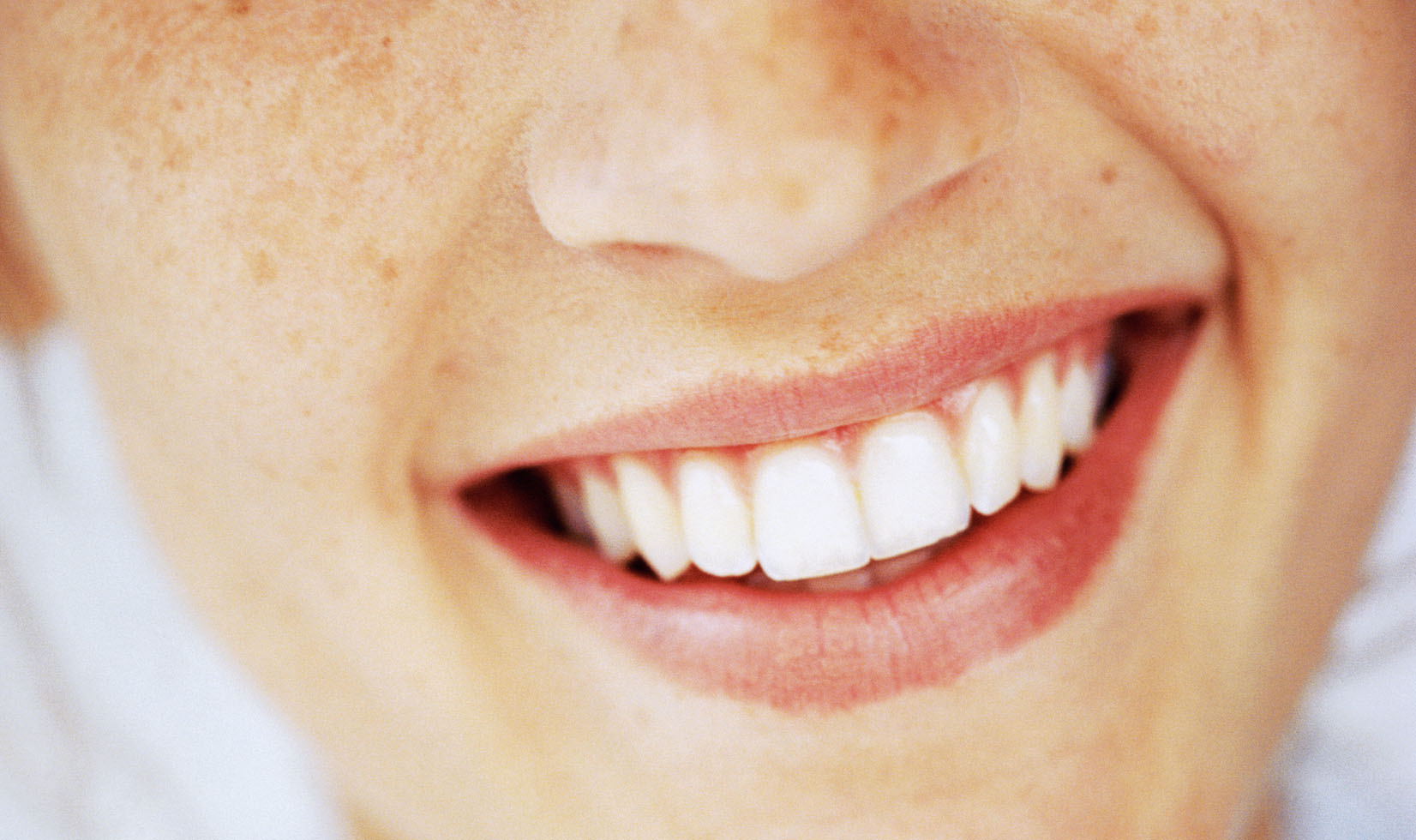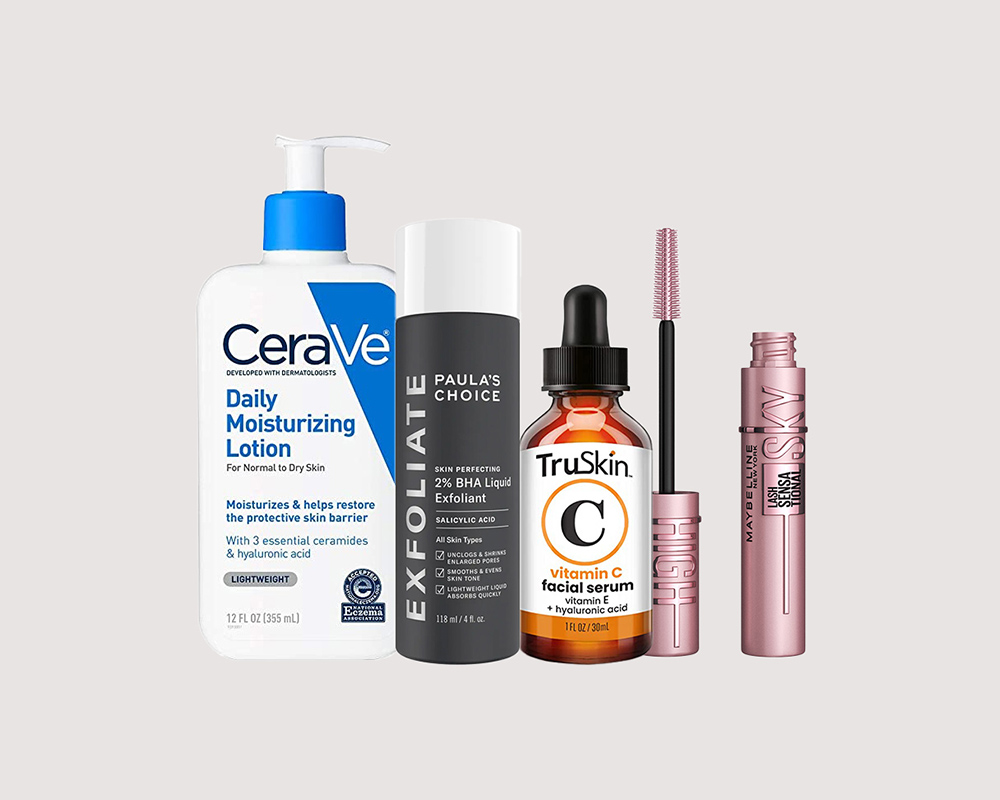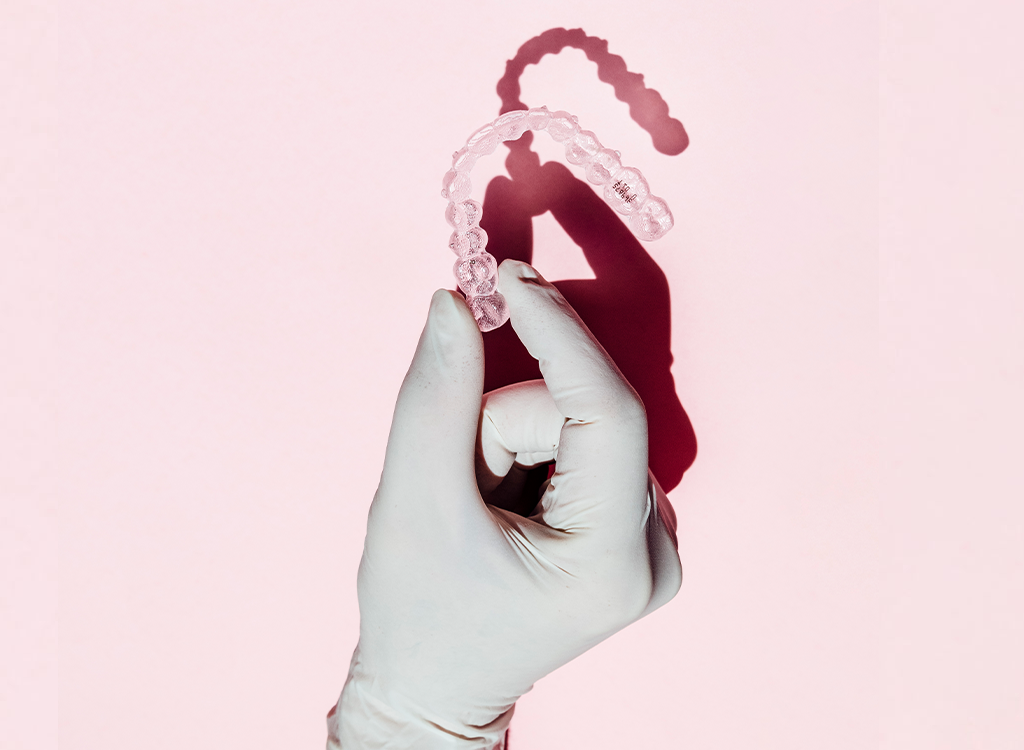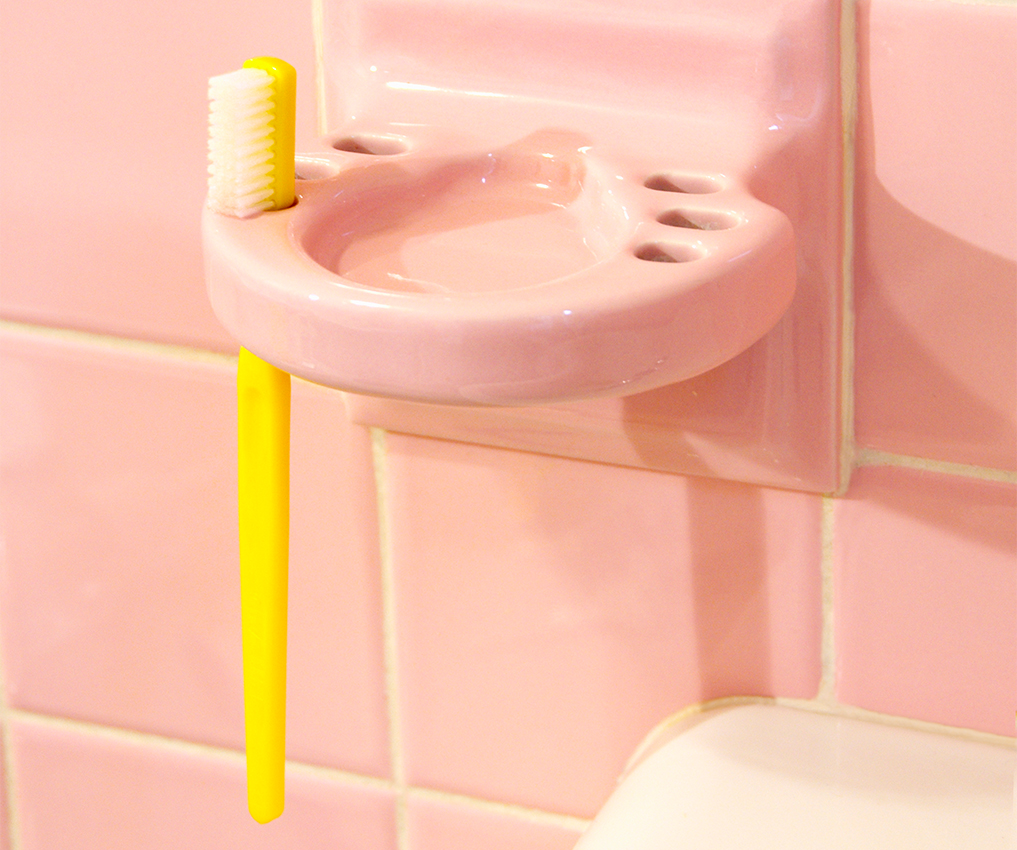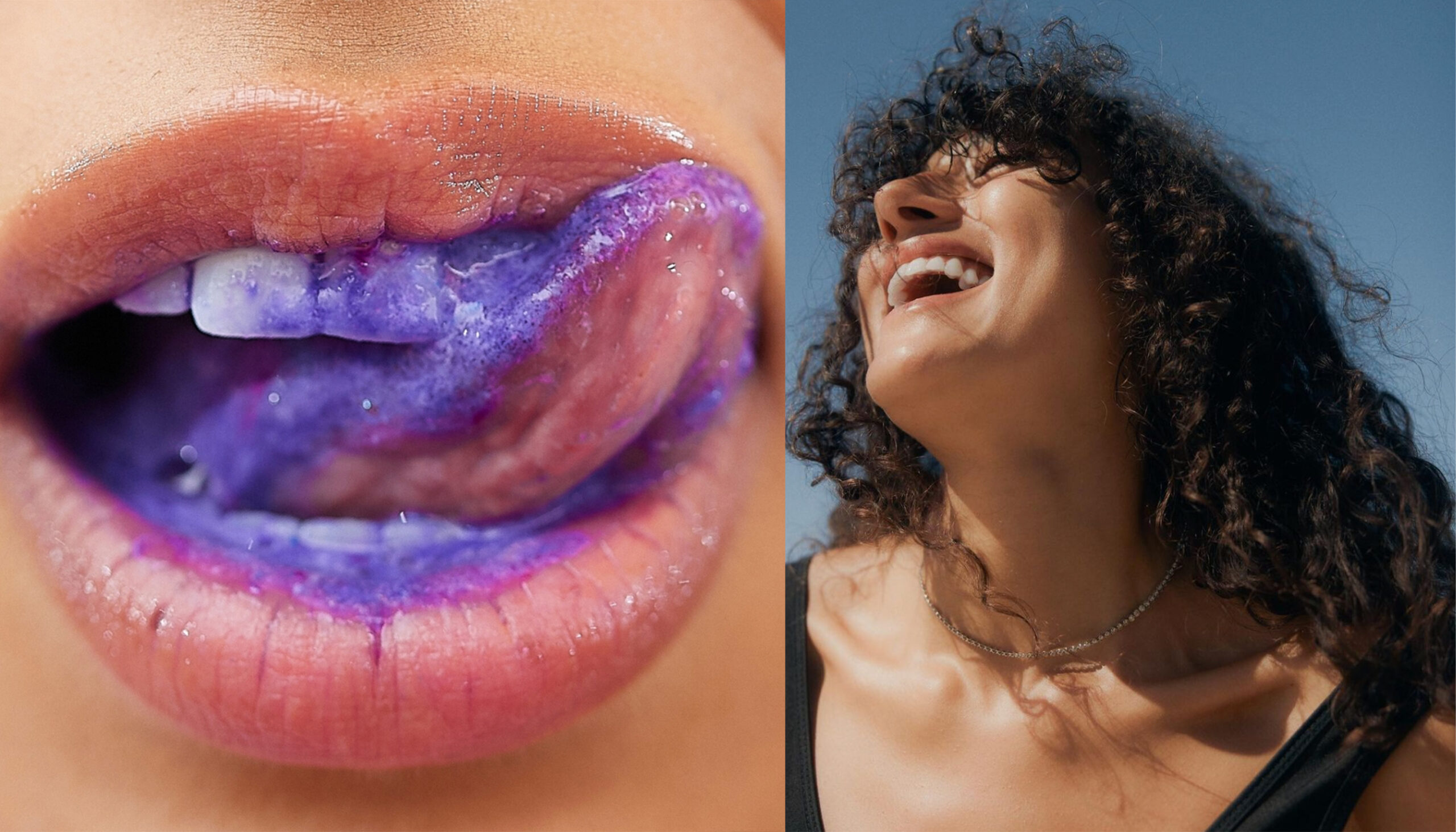With all the good the internet has done, it has certainly made it a lot easier for us to take our medical care into our own, often clumsy, hands. If you’re determined, you can find out how to do just about anything, even the stuff that is much better left up to the professionals. Teeth straightening is one of those things.
From dangerous DIY rubber band braces to the more legit seeming at-home straightening kits, trying to move your teeth on your own can have devastating consequences.
The Dangers of At-Home Straightening
It should go without saying that trying to straighten your teeth completely alone is a bad idea. Some of the advice in this realm is borderline silly (just push on your teeth sometimes with your finger), but the idea that you can safely rearrange your teeth with rubber bands and a prayer is extremely dangerous.
Atlanta cosmetic dentist Ronald Goldstein, DDS explains that even getting off lightly can mean your teeth are more crooked or crowded than before. “I had one patient who tried to move her teeth with rubber bands and the teeth became even more crowded,” Dr. Goldstein says.
Not only will you be starting over further from your goal than where you started, but you could also risk the only set of teeth you have.
New York cosmetic dentist Timothy Chase, DDS explains that without a professional, you’re risking your smile. “Things can happen during treatment, and you only have one set of adult teeth to last you your entire life,” Dr. Chase says. “This is not the place you should cut corners.”
The Big Issue with At-Home Kits
When you go to see a dentist, you don’t just get access to their institutional knowledge. You also get their medical-grade products, and the medical equipment that can tell them everything they need to know about the health of your teeth and mouth.
At home, there’s just you and the directions.
“Without a dentist doing an oral exam and reviewing current X-rays, a patient has no indication of the current state of their oral health, including cavities, gum health, bite issues, and jaw health,” Dr. Chase says. “Moving teeth without this knowledge can lead to loss of teeth, bite problems, jaw problems, pain, or simply poor results.”
The at-home programs that advertise professional consultation still will only see the impression of your teeth you made yourself. It’s kind of like if you were renovating your kitchen, but you only gave your contractor a photo of the room to work off of. They can do a pretty decent job at making it look better, but without really getting into the space, there is bound to be something they miss.
That’s why X-rays are a huge part of dental medicine, as they can tell a dentist a lot about the state of your teeth and jaw, including your eligibility for things like braces, aligners, dentures, or dental implants. “If it is possible, then they may suggest precision home trays (Invisalign) that you will be exchanging every 2-4 weeks as prescribed to safely and accurately straighten your teeth,” Dr. Goldstein explains.
But there are plenty of times when aligners won’t be possible. “Many malocclusion problems require treatment using braces,” Dr. Goldstein says. “This is a major reason to have a consultation with a trained orthodontist before spending money for a technique that may not be best for you.”
Can At-Home Aligners with Oversight Have a Place?
Los Altos, CA Cosmetic dentist Joseph Field, DDS explains that the best at-home kits include oversight and communication with professionals on a regular basis. If you are eligible for aligners like Invisalign, but are concerned about the price, there is potentially a way for at-home kits to fill that space.
“Some of these products consult with professionals so you can have some kind of consultation and they can review some photographs,” Dr. Field says. “That’s a good idea because they can tell you whether or not this is a good idea for you and what the outcomes are going to look like.”
Even this, though, is only useful for people who need minimal changes to start with. “When we’re talking about minimal crowded or minimally rotated teeth, the at-home kits can work well,” Dr. Field says. “Where it becomes an issue is where it alters the bite dynamics or move teeth outside of the scope of what can really be done with an at-home kit—that’s where you run into a lot of issues.”
Without first seeing a professional, there is no guarantee you would be a good fit for the kind of aligners these at-home kits provide. “The dentist can take much more accurate measurements of your teeth, for one,” Dr. Chase explains. “They will do an exam to evaluate your oral health, and they have years of training to properly evaluate your current conditions and recommend the proper treatment.”
Aside from the knowledge they bring to the table, a dentist will also have the best tools available to make your aligner. “The aligner from a dentist is much better material that the at home,” Dr. Chase says. “In-person evaluations mean your treatment will be monitored and if it is not tracking perfectly your dentist can always modify for the best result.”
The Damage it Could Do
“Anything you’re trying to do to your teeth without guidance from a professional incurs risk,” Dr. Field says. “Because there are unintended consequences of moving teeth that affects your teeth, that affects the bite, that could lead to the teeth chipping and wearing.”
The most common complaint after using an at-home straightening kit is just plain old dissatisfaction. “Patients come in after doing this that are really dissatisfied with the results, that’s actually pretty common, I see that a fair amount,” Dr. Field explains. “Or they’ve had alterations to their bite that is causing joint issues or is now causing chipping and wear issues.”
Fixing these issues is not easy or inexpensive, either. “It is not a cheap investment,” Dr. Field says, “because a lot of the time we are starting from scratch with orthodontic treatment and in some cases, we’re having to add restorative treatment as well.”
The Bottom Line
Straightening teeth should be left to the professionals that have years of experience and training in the area. Even those behind these at-home kits know this to some extent, as many of them advertise virtual consultations and checkups with dentists. But to pretend that oral health can be easily understood by a bite impression and some photographs is playing fast and loose with the only set of teeth you have.
The real deal is that you need X-rays and a professional to know if an aligner would work for you at all, or if moving your teeth would require braces. And trying to move your teeth on your own can cause damage that is painful to experience and costly to repair. It just isn’t worth the risk.
